Italy is not just postcard squares and Renaissance masterpieces. Italy is an emotion, a welcome, a place to feel free, visible, and alive. To mark Pride Month, Visit Italy asked its community a simple but powerful question: ‘Where do you feel yourself in Italy?’ The answers - collected in comments and stories on Instagram - composed an unprecedented map of belonging, traversing iconic cities and intimate corners in which to feel truly free.
This is not a classic travel guide. It is a guide written by you, by people, for people. A mosaic of voices celebrating the connection between identity, space and pride. From the answers we received, we built a five-stage itinerary: five different - but deeply authentic - ways of inhabiting queer Italy.

Pride is also a place: the inclusive guide to our community
Pride is not just a word or an event that is celebrated once a year: it is a place, a feeling rooted in daily life, an achievement that is built step by step. The answers collected by Visit Italy reflect precisely this profound and authentic dimension, revealing a different Italy, one made up of spaces where it is possible to feel free to be oneself without fear or masks. It is a proud resistance that manifests itself not only in large public events, but above all in common places, in the streets, in small villages and towns where we can walk with serenity, love ourselves with sincerity and recognise ourselves naturally.
In this month of Pride, this guide was born as a collective embrace, an invitation to explore real and symbolic territories built by our community, where pride becomes an experience, one of sharing and welcome. These are emotional stories and spaces of belonging, a journey in and out of ourselves that reminds us how important it is to feel welcomed, recognised and free. Because, after all, perhaps the most beautiful journey is the one that leads us to discover ourselves, our identity and the connections that bind us to the world around us.
5. Big cities, big hearts: Milan, Bologna, Rome and Naples
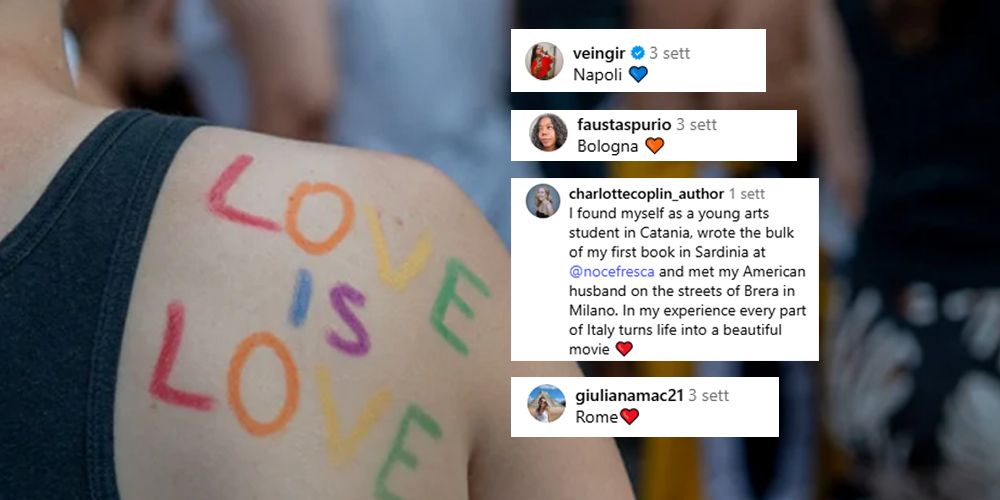
Cities such as Milan, Bologna, Rome and Naples are among the most frequently mentioned answers to the question “Where do you truly feel like yourself in Italy?” – and this is no coincidence. In these metropolises, the concept of inclusion is not just a slogan, but a widespread, tangible practice, layered and consolidated over time.
Milan, for example, is often regarded as Italy’s capital of civil rights with a long history of LGBTQIA+ activism, the city hosts one of the most well-attended and visible Pride events in Europe, as well as a well-established network of queer spaces: bookshops, clubs, venues, cultural centres, listening and support services, and associations. Here, identity is never an obstacle, but a resource to be shared. From the area of Porta Venezia – the beating heart of the LGBTQIA+ scene – to the many urban art and cultural projects spread across the city, Milan is a cosmopolitan crossroads where one breathes freedom, diversity, and cross-cultural exchange.
Bologna, on the other hand, has historically been a point of reference for Italian activism: home to the first LGBTQIA+ centre in Italy (Il Cassero), it is a university city, political, warm, and welcoming. Its porticoes have witnessed the birth of movements, marches, and transfeminist collectives. Many describe it as a “temporary home that forever remains in your heart”, capable of naturally embracing anyone who arrives from elsewhere. In Bologna, one feels part of something – even without having to explain it.
Rome, finally, is a more contradictory city, but perhaps it is precisely for this reason that it is so captivating. Within its contrasts lies a reflection of Italy as a whole: the Rome of institutional palaces and that of rebellious suburbs, the city of marches and that of silences. Here, the queer scene is broad and multifaceted, stretching from underground clubs to grassroots initiatives in the neighbourhoods, from cultural circles to transfeminist collectives. Those who name it often speak of personal liberation: for many queer people, Rome is the place of their first coming out, their first kiss without fear, their first protest experienced from the inside.
And then there is Naples, increasingly recognised as “the city of rights”. With its popular and inclusive spirit, Naples has been able to weave its history of welcome with a contemporary vision of civil rights. The Naples Pride, organised with passion and participation every year, is just the tip of the iceberg of a city that has made freedom and respect for identity a profound value. In the Quartieri Spagnoli, along Via Toledo, in the heart of Sanità or at Chiaia, the city does not impose rules, but embraces differences. Naples is queer in the way it lives: theatrical, affectionate, political, unruly, profoundly human. For those who live there and for those who pass through it, Naples does not ask who you are - it recognises you.
4. Hidden refuges: cosy villages and unexpected towns where you can feel at home
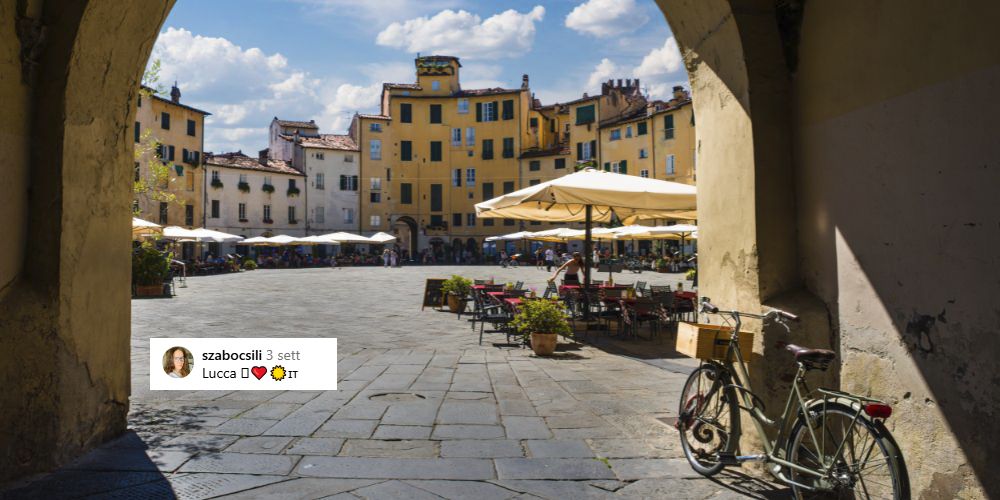
There are places that you do not forget, that slip into your thoughts without asking permission and remain there, like a light summer breeze or a childhood scent. There are many in Italy, but among all of them, some make you think of the word home or freedom.
Torre del Colle is a tiny village nestled in the Umbrian hills, so perfect in its stillness that it seems unreal. Here, time slows down, and with it, thoughts too. The stones of the houses tell ancient stories, the flowered windows seem to smile at you, and every sunset is a caress. It is a place to rediscover silence, the good kind, that makes you feel part of something greater.
Then there is Lucca, elegant and cosy, surrounded by its walls as if by an embrace. Walking along the ramparts at sunset is one of the sweetest experiences you can have. The city has a slow but lively rhythm, made up of bicycles, markets, impromptu concerts and churches emerging at the corner of every street. Lucca has a gentle soul and a discreet beauty that wins you over day after day. unexpected
3. The embrace of nature: islands, mountains and silent retreats
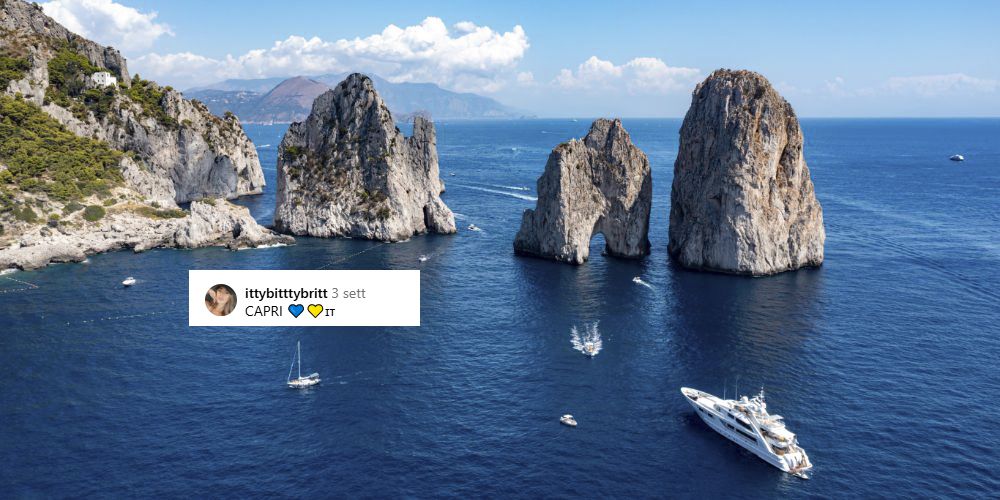
Many comments evoked the deep connection with nature: the Dolomites silhouetted majestically against the sky, the cliffs of Capri slipping into the blue Mediterranean, the expanses of olive trees that outline the Apulian hinterland, the lava beaches of Pantelleria where the wind tells ancient stories. In these landscapes, the body breathes and the mind lightens, as if each natural element returned a fragment of forgotten truth. Nature offers a space of reconciliation, where there are no judging glances or roles to be played: one can simply be, and that is already a lot.
Among the places that welcome with gentleness, the Val d'Orcia, with its soft hills, cypress trees marking the paths and villages suspended in time, proves to be a refuge of tranquillity and beauty, visitable in one day from Florence. Here, where the landscape seems carefully designed to accompany thoughts, being queer means merging with the harmony of the land, free from social codes, immersed in a slower, more authentic time.
Being queer is also this: a return to the essential, a silent act of au
2. Symbolic places: resistance, culture, memory
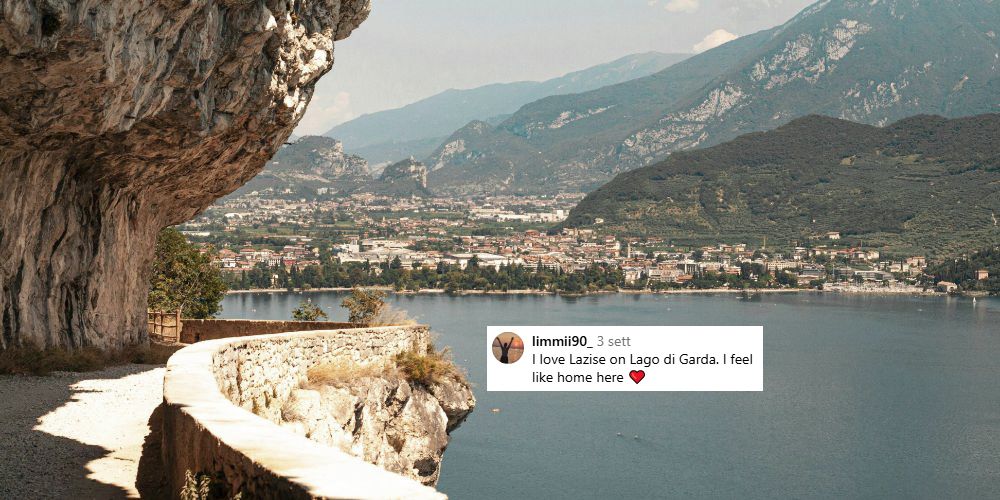
In many comments, the bond with Italy has been expressed through places that have become refuges of the soul, guardians of affective memories or symbols of welcome and freedom. Cities like Florence return insistently as spaces where beauty and history are intertwined with a deep sense of belonging and possibility. Matera, with its Sassi carved into the rock, becomes the scenario of a living, stratified memory that also speaks of rebirth.
From the waters of Lazise on Lake Garda and its beaches to the calli of Venice, passing through the sunshine of Lecce and the poignant silence of Assisi, personal itineraries emerge that tell of an Italy experienced not as a postcard, but as an affective and often transformative experience. In this mosaic of stories, even Sicily, with places like Palermo, Salina or Termini Imerese, confirms itself as a land of contrasts and intensity, where people continue to seek - and sometimes find - home.
1. Personal shrines: not on a map, but in the heart
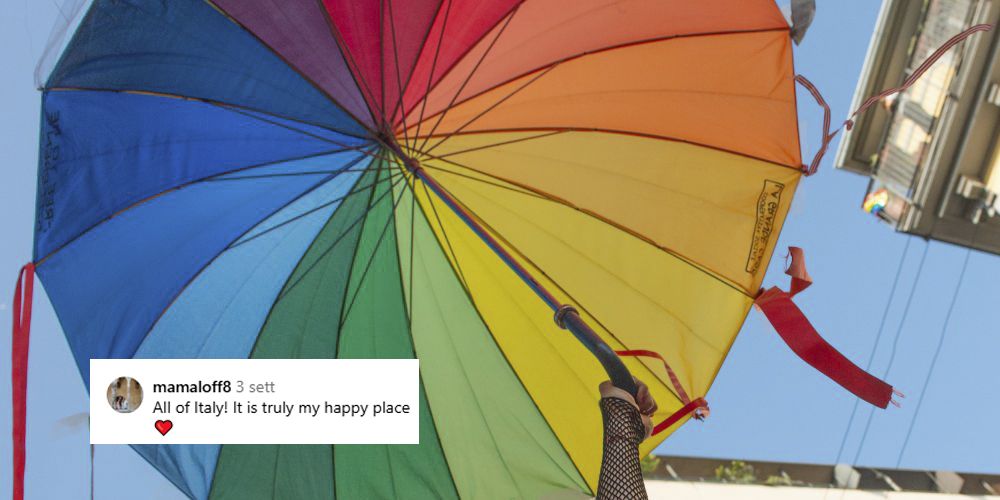
Finally, many of the answers collected do not refer to well-defined geographical places or are marked on a map, but to intimate spaces, often hidden from the view of distracted passers-by or those looking for a tourist map. We are talking about childhood homes, with their familiar smells and the rooms where one grew up, beaches of the heart where time seems to slow down and the waves tell stories of freedom, small neighbourhood bars where one experienced a crucial moment, such as coming out, or warm and cosy kitchens, animated by the loving presence of grandmothers who with their simple gestures know how to tell the deep sense of belonging.
These places are not marked in tourist guides nor included in official itineraries, but constitute true personal sanctuaries, guardians of memories, emotions and transformations. They are spaces where one has been able to truly be oneself, where inner change has found fertile ground, where one has learnt to love or forgive, where the most precious memories are preserved. Feeling at home in Italy, then, is not always a matter of geography or itinerary, but of profound relationships with the space we pass through: it is there that we build our identity, our history, our link with the present and the future.
Home, in this sense, becomes a much broader concept: not a fixed place, but a feeling we carry inside, an invisible refuge we can find even far away, simply by remembering where we are changed, loved, and welcomed. Because the true sense of belonging stems from these intimate moments, which no map can ever indicate, but which we all cherish in our hearts.
About the author
Written on 26/06/2025


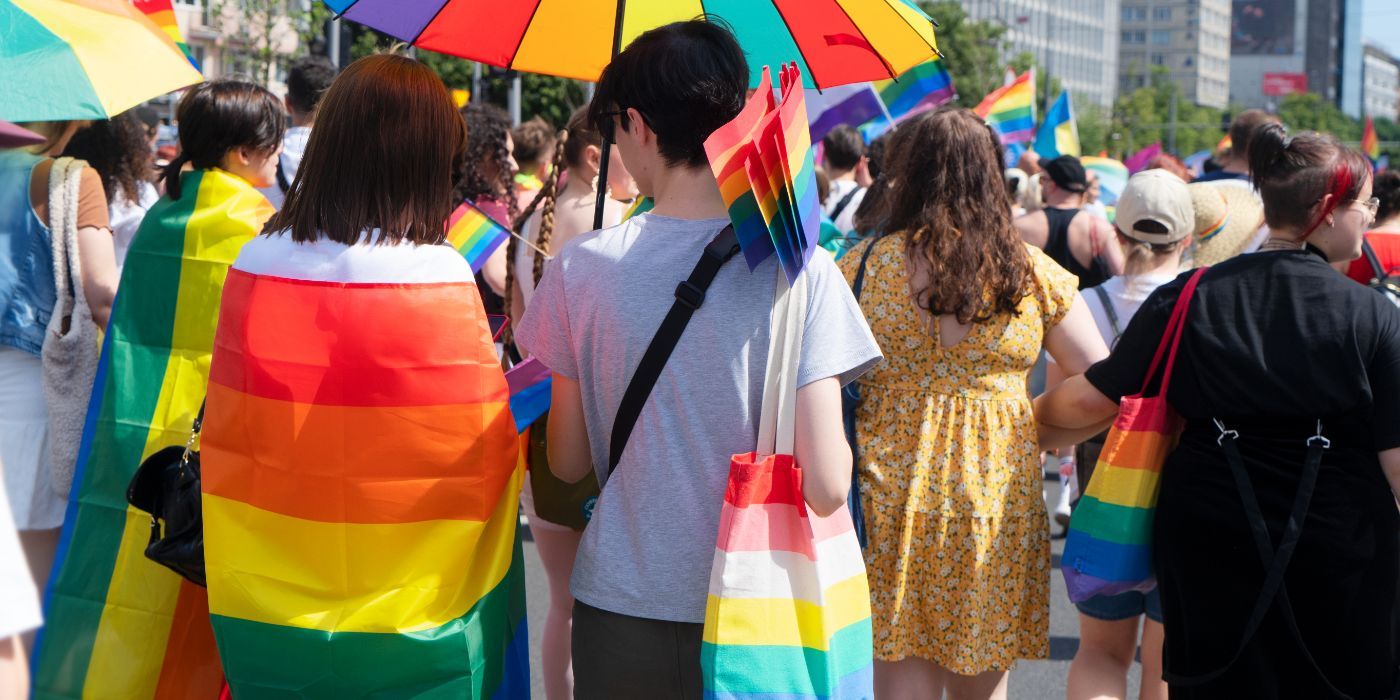

Mario Galterisi
Where to feel like yourself in Italy? Discover the inclusive and authentic LGBTQIA+ places in this special guide from the Visit Italy community.